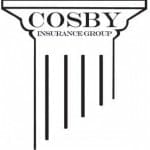Treasury and the Internal Revenue Service have issued initial guidance on one of the least popular provisions of the Affordable Care Act–the excise tax on high cost employer sponsored health coverage (commonly referred to as the “Cadillac Excise Tax” (“40% Excise Tax” or “Tax”).
Although attempts on Capitol Hill to repeal or delay the 40% Excise Tax are likely to continue, whether any of these efforts succeed remains to be seen. Meanwhile, in Notice 2015-16 (“Notice”), Treasury and the IRS offer the first glimpse of the complex requirements that employers, insurers and third party plan administrators will face if the 40% Excise Tax goes into effect in 2018, as called for by the statute.
The Notice does not offer guidance on which taxpayers may rely, but it does offer insight into how Treasury/IRS are thinking about the 40% Excise Tax and represents a not-to-be-missed opportunity for stakeholders to provide comments that could help shape the final rules. This is especially true with respect to the definition of coverage to which the 40% Excise Tax applies and the determination of costs for purposes of calculating potential 40% Excise Tax liability.
For example, it appears that Treasury/IRS are willing to exempt certain on-site medical clinics that provide de minimis care and both insured and self-funded vision and dental plans and employee assistance programs that meet the excepted benefit requirements.
However, it also appears that employer contributions to health savings accounts, including pre-tax cafeteria plan contributions made by employees, will count toward the calculation, as well as contributions to health reimbursement arrangements and the cost of executive physical programs. The Notice also illustrates that several fundamental concepts relating to premium calculations under the COBRA continuation of coverage rules, upon which the calculation of the 40% Excise Tax is based, need to be resolved.
What Actions You Should Take
Treasury/IRS specifically invite comments on all of the issues addressed in the Notice and any other issues arising under the 40% Excise Tax, which must be submitted no later than May 15, 2015. Now is the time for insurers, employers, and plan sponsors and administrators to share their comments, concerns, and insights with Treasury/IRS in order to maximize the chance that final rules fully take their comments into consideration.
It appears that Treasury/IRS are using the same approach to rule making with respect to the 40% Excise Tax that they used with the employer shared responsibility provision.
First, Treasury/IRS have indicated that several notices will be issued. The first notice, which is the subject of this alert, solicits comments on the types of coverage that should be subject to the 40% Excise Tax and how to determine the cost of coverage and apply the statutory dollar limits when calculating the Tax.
A planned second notice will include procedural issues related to the calculation and assessment of the Tax. After considering comments on both notices, Treasury/IRS will publish proposed regulations with a formal notice and comment period.
Finally, after considering the comments on the proposed regulations, Treasury/IRS will publish final regulations, presumably in advance of the effective date of taxable years beginning on or after December 31, 2017.
On the positive side, the projected schedule means that taxpayers will have several opportunities to weigh in on the rules that will eventually apply to the 40% Excise Tax. But a protracted timeline also may mean that Treasury/IRS believe they will need to develop complex rules for implementation and administration of the Tax.
This could mean that by the time final rules are published, employers, insurers, plan administrators and others impacted by the Tax may have very little time in which to implement necessary administrative processes to meet reporting obligations and little ability to plan for the economic impact of the Tax on their businesses.
Affected parties may want to begin planning now based on the notice, since it gives the first clear indication of the views of Treasury/IRS on a number of significant issues.
Read the full article here.
Contact Steven G. Cosby, MHSA with questions or to request more information and to schedule a healthcare plan evaluation, savings analysis or group plan solution for your company.


